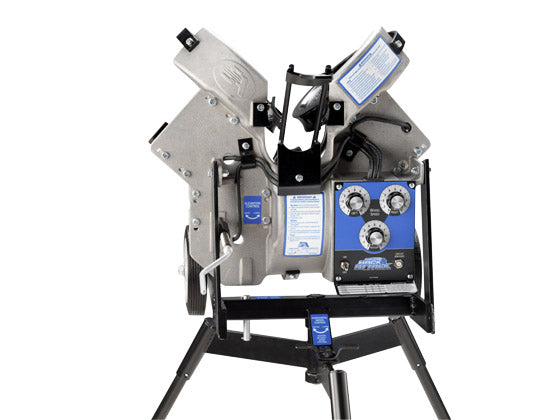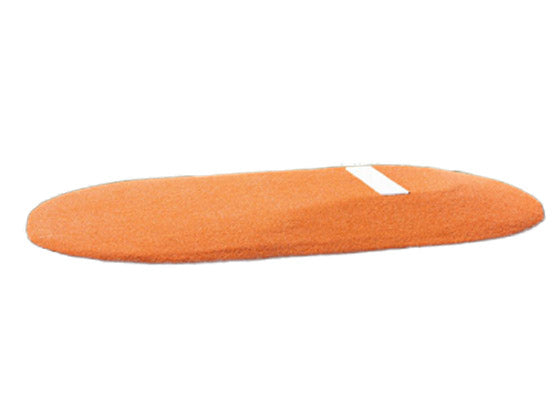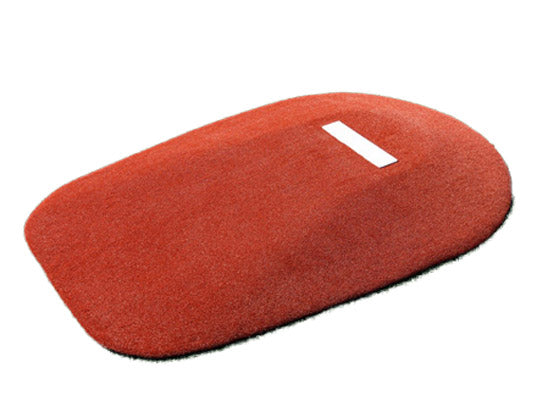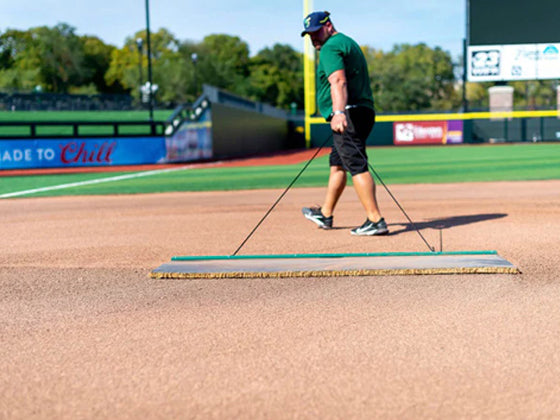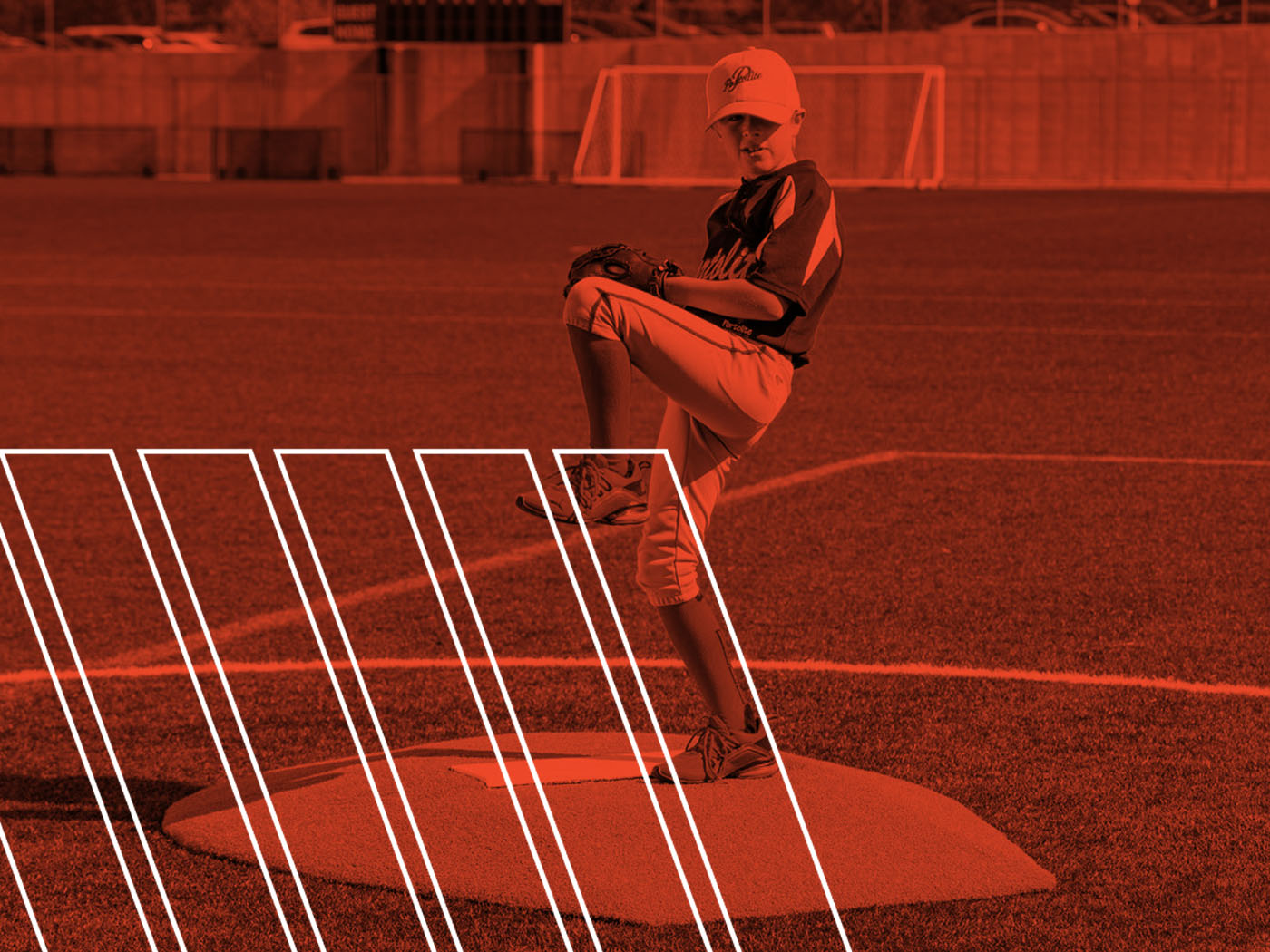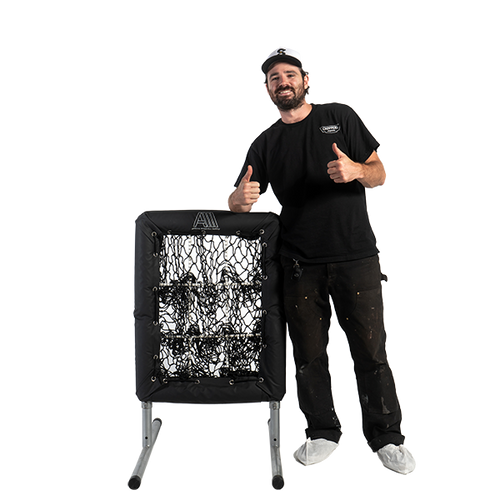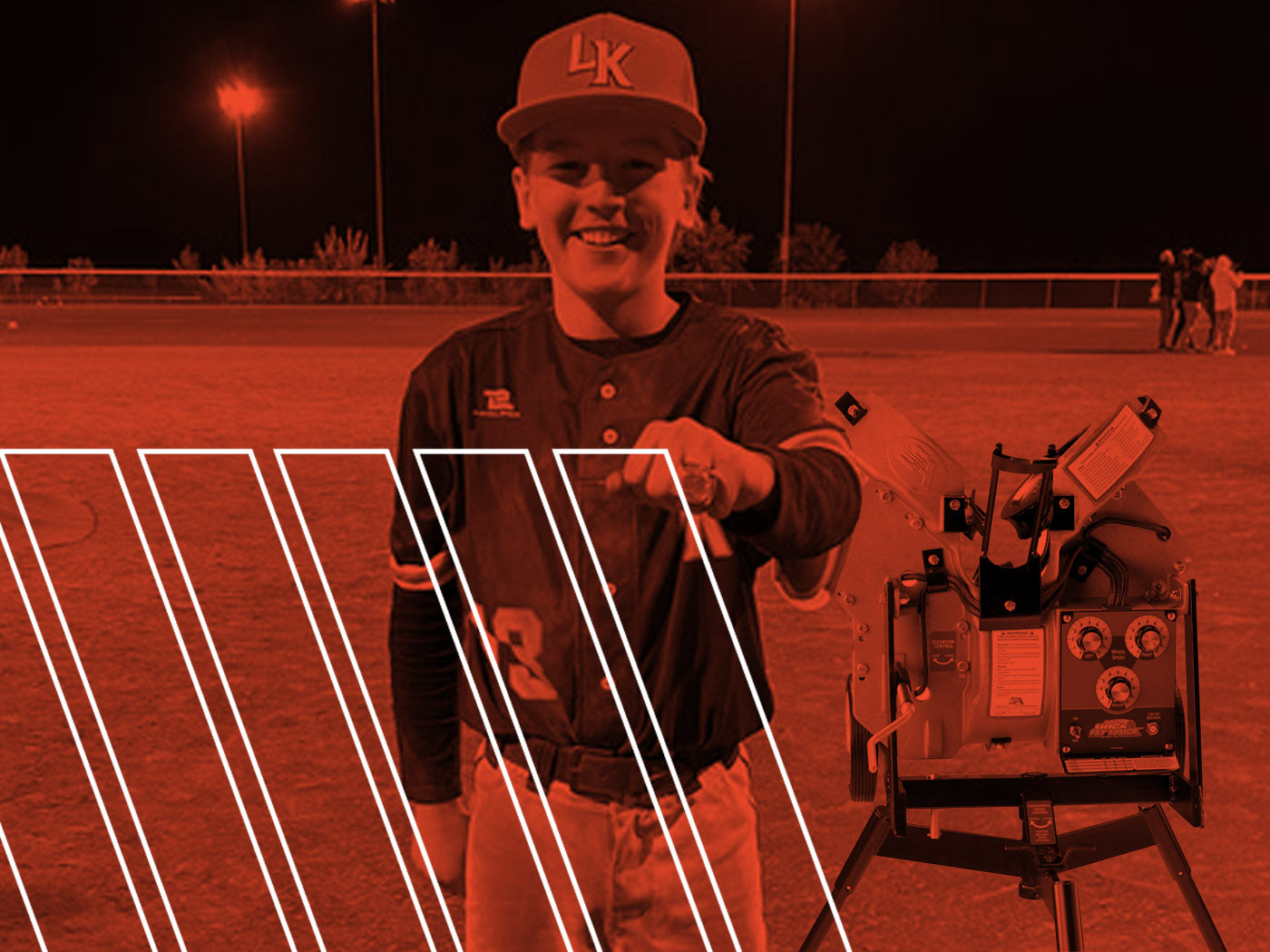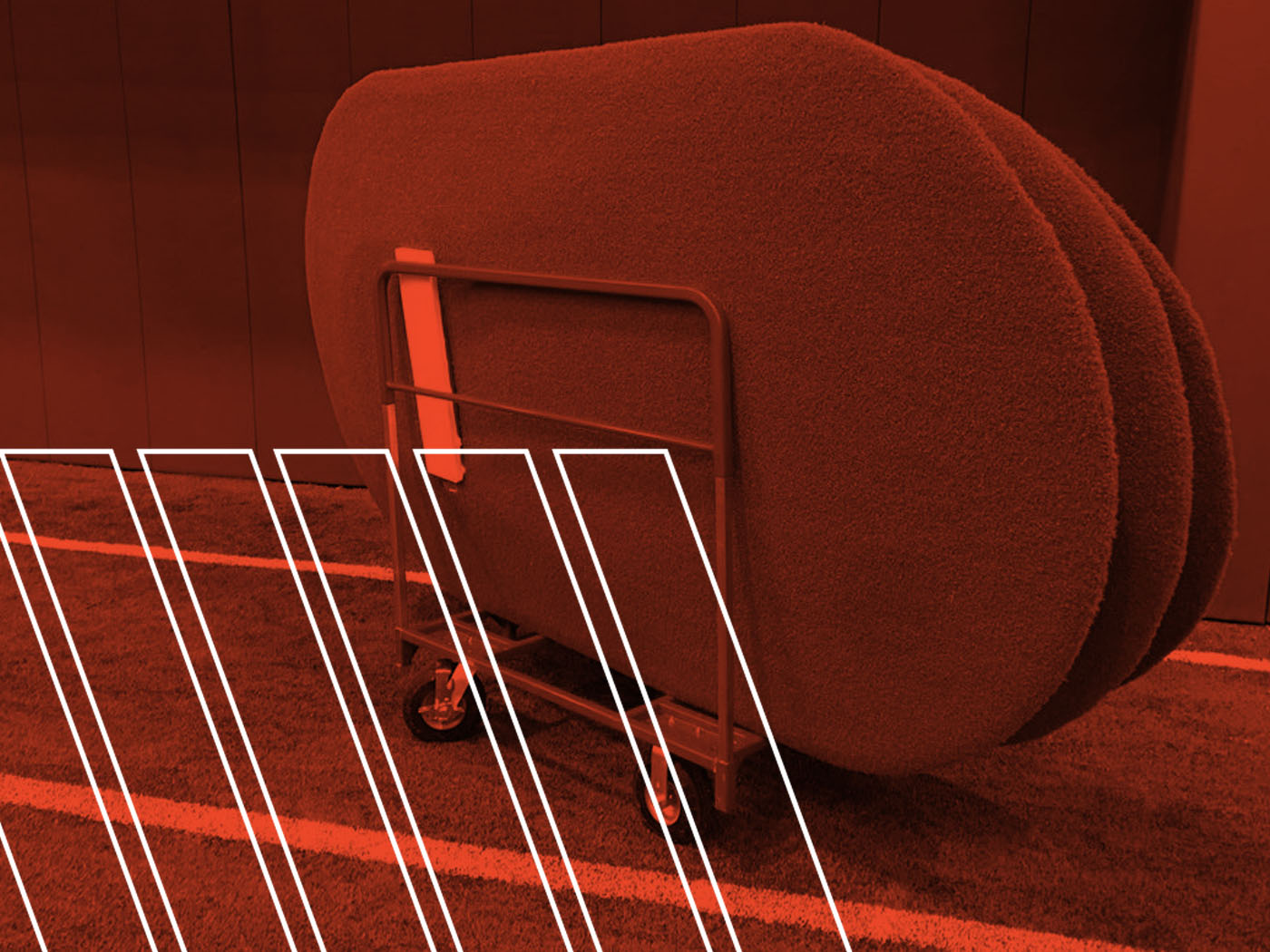Designing a Personal Training Routine
When designing a personal training routine with a portable pitching mound, start by setting clear goals. Are you aiming to increase pitch velocity, improve accuracy, or develop a new pitch type? Once your objectives are set, structure your routine into segments – warm-up, pitching drills, strength and agility work, and cooldown. Allocate time based on your focus areas, ensuring a balanced approach to all aspects of pitching. For instance, if improving accuracy is your goal, dedicate more time to targeted pitching drills.
Be sure to write down your goals, create schedules for when you are going to train, and log your progress. Looking back at where you started will amaze you when you've reached your goals!
Pro Tip: Try recording yourself and watch your mechanics. If you notice something is off, work to correct it so you don't pick up bad habits.
Warm-Up and Conditioning Exercises
Before stepping onto the mound, a proper warm-up is crucial. Start with dynamic stretches like arm circles, leg swings, and torso twists to loosen up your muscles. Then, engage in light cardio such as jogging or jumping jacks for 5-10 minutes. Incorporate exercises like shoulder band stretches, throwing a plyo ball against the wall, and wrist flexor stretches to specifically prepare your arms for pitching. This routine not only warms up your body but also reduces the risk of injury.
Pitching Drills and Techniques
For your pitching drills, focus on both mechanics, velocity, and command. Let's take a look at the top 3 drills to achieve this:
- Bullpen Sessions: Start with 15-20 pitches focusing on mechanics, then shift to situational pitching. Practice different pitch types and locations.
- Accuracy Drills: Set up targets in different zones of the strike area. Use a mix of fastballs and off-speed pitches to hit these targets. Aim for consistency in hitting the desired spot. Try using a 9 hole pitching net, as these nets will give you instant feedback location.
- Pitch Repetition Drill: Select one pitch type and throw it repeatedly to master its mechanics. For example, throw 20 curveballs focusing on grip, release, and follow-through.
Remember, quality trumps quantity. Focus on making each pitch deliberate and precise.

Integrating Strength and Agility Training
Strength and agility are vital for pitchers. Include exercises like:
- Plyometric Drills: Utilize the mound for exercises like box jumps or step-ups to improve leg strength and explosiveness. Try using heavier and lighter weighted plyometric balls as well to work out your throwing arm.
- Core Workouts: Incorporate planks, Russian twists, and medicine ball exercises to strengthen your core, crucial for pitching power and stability.
- Resistance Band Workouts: Use bands for shoulder and arm strengthening exercises. They help in building the muscles used in pitching without overloading the joints.
Incorporate these exercises 2-3 times a week into your routine to see improvements in your overall pitching performance. Remember, consistency is key!
Track Your Progress!
Measuring Improvement and Fine-Tuning Your Approach
To effectively enhance your pitching skills, it's crucial to track your progress and adjust your training routine accordingly. Start by keeping a pitching log. Record details like pitch types, speeds, accuracy, and how you feel physically during each session. It helps to utilize products like pitching radar and pitching strike zone nets to help you track your progress. This log will help you identify patterns and areas needing improvement.
- Performance Metrics: Utilize tools like radar guns to measure pitch velocity and apps or devices for tracking accuracy and consistency.
- Feedback Loop: Regularly review your pitching log. Look for improvements in speed and accuracy, and note any recurring challenges.
- Adjusting the Routine: Based on your observations, tweak your routine. For instance, if you notice a plateau in velocity, increase strength training. If accuracy is an issue, spend more time on targeted pitching drills.
- Record Yourself: Try setting up a tripod and recording yourself and watching it back in slow motion. You'll be surprised with what you might learn about your mechanics!
Remember, progress in pitching is often gradual. Patience and persistence, coupled with smart adjustments to your routine, are key to advancing your skills.
Conclusion
As we wrap up our guide on personal training routines with portable pitching mounds, remember that the journey to becoming an exceptional pitcher is continuous and multifaceted. The flexibility of a portable pitching mound allows you to tailor your training to specific needs, but it's your dedication, consistency, and willingness to adapt that will truly drive your progress.
Keep pushing your limits, stay disciplined in your practice, and most importantly, enjoy the journey of becoming the best pitcher you can be.

 Contact Us
Contact Us